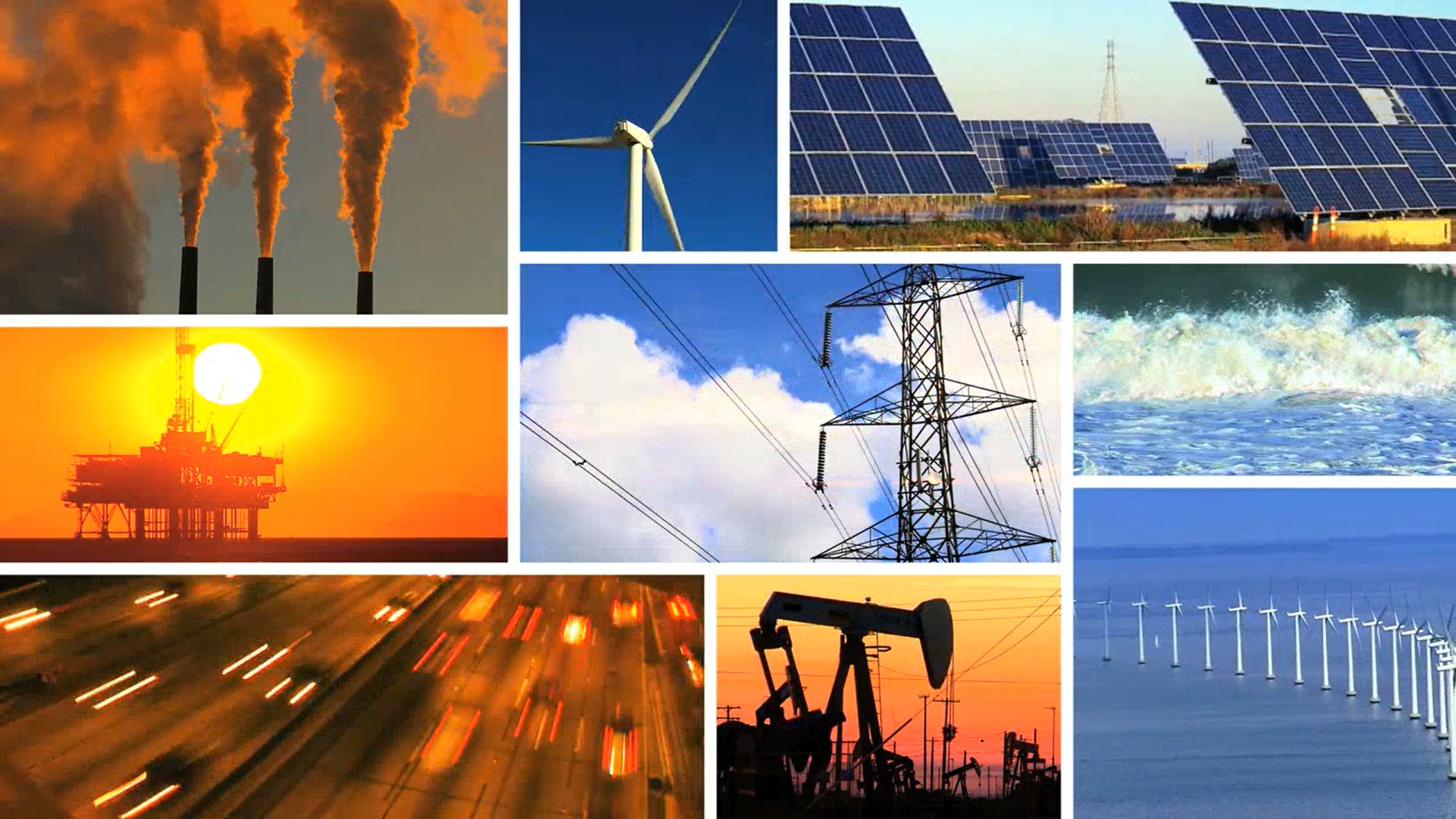
Green Technologies and the Hidden Emission Costs
It is vital to recognize the complexities involved and strive for solutions that truly reduce emissions without unintended consequences.
LONDON, UNITED KINGDOM, July 31, 2024 /EINPresswire.com/ -- As the world increasingly turns towards green technologies to combat climate change, it is crucial to understand that these technologies alone do not inherently reduce emissions. Recent studies have revealed that some green technologies may necessitate continued fossil fuel use and additional investments in fossil fuel infrastructure, potentially leading to higher cumulative emissions than traditional fossil fuels. This underscores the importance of not only the type of energy we produce but also the methods and efficiency of its production.The Intergovernmental Panel on Climate Change (IPCC) highlights the complexity of transitioning to green technologies. Some technologies, like carbon capture and storage (CCS), require substantial energy inputs, often from fossil fuels, to operate effectively. Additionally, there is a reliance on existing fossil fuel infrastructure for energy transition projects, which can delay or complicate the overall emissions reduction goals. The World Resources Institute (WRI)I discusses the necessity of intensive innovation and commercialization in green technologies to reduce their dependency on fossil fuels. It notes that without significant advancements and investments in infrastructure, the shift to green technologies may not yield the anticipated emissions reductions and could even lead to increased emissions in the short term.
Global investment in clean energy technologies and infrastructure is on track to reach $2 trillion in 2024, nearly double the amount invested in fossil fuels. This increase is driven by improving supply chains and lower costs for clean technologies. However, despite these advancements, there are still significant imbalances in energy investment flows, particularly in emerging and developing economies, where the high cost of capital limits new project development. The International Energy Agency (IEA) reports that investment in fossil fuels continues, with 2024 expected to see a 7% increase in upstream oil and gas investment, reaching $570 billion. However, the emissions intensity of global oil and gas operations is expected to fall by more than 50% by 2030.
The concept of the energy trilemma highlights three critical and often competing priorities that energy policies must balance: energy security, energy equity, and environmental sustainability. Addressing all these priorities simultaneously is challenging and requires running industrial processes at the highest performance levels through the integration of hardware and software solutions. As oil and gas companies look beyond the barrel and continue to diversify, it creates more complexity within their operations, which presents additional challenges to their sustainability efforts. Hydrocarbons industry becomes more sophisticated and therefore process optimization became an undisputable requirement and only solution to survey in competitive markets.
Just as internet companies optimize commercial assets through data analytics, the petroleum industry can also generate high value by leveraging machine and process data analytics. Modern machine learning and deep learning technologies enable interactions with the process and incremental improvement of control behavior. The AI-based approaches that emerged in the late 1990s represent the third generation of optimization methods. These approaches use a limited number of design trials (sample points) to construct a machine-learning model between the design variables and objectives/constraints. However, more than 85% of data science projects fail to make it into production, highlighting the challenges in this field.
According to Modcon Systems Ltd, their Modcon.AI HW/SW package provides oil and gas industries with modern optimization tools that enable connectivity, validation, and prediction of key performance indicators (KPIs), facilitating effective industrial process management. Implementing artificial neural network (ANN) dynamic models allows for calculating and predicting physical properties and chemical compositions for different process streams and proposing required set points to accomplish the calculated predictions.
Deep reinforcement learning (DRL), a powerful machine learning technique, optimizes industrial processes for different strategic goals, allowing for intelligent and confident focus shifts. However, DRL systems excel only in situations where pre-trained parameters are already close to yielding the correct process stream quality. Therefore, real-time monitoring of process yields, rather than just predictions using pre-trained models, is essential. This can be achieved using online analyzers to determine the chemical composition or physical properties of substances involved in hydrocarbons processing.
As the debate around green technologies continues, it is vital to recognize the complexities involved and strive for solutions that truly reduce emissions without unintended consequences. The path to a sustainable energy future requires not only technological innovation but also comprehensive policy frameworks and equitable investment strategies.
Anya Alter
Modcon Systems Ltd.
+44 20 4577 1737
email us here
Visit us on social media:
LinkedIn
Modcon AI driven technologies
EIN Presswire does not exercise editorial control over third-party content provided, uploaded, published, or distributed by users of EIN Presswire. We are a distributor, not a publisher, of 3rd party content. Such content may contain the views, opinions, statements, offers, and other material of the respective users, suppliers, participants, or authors.



